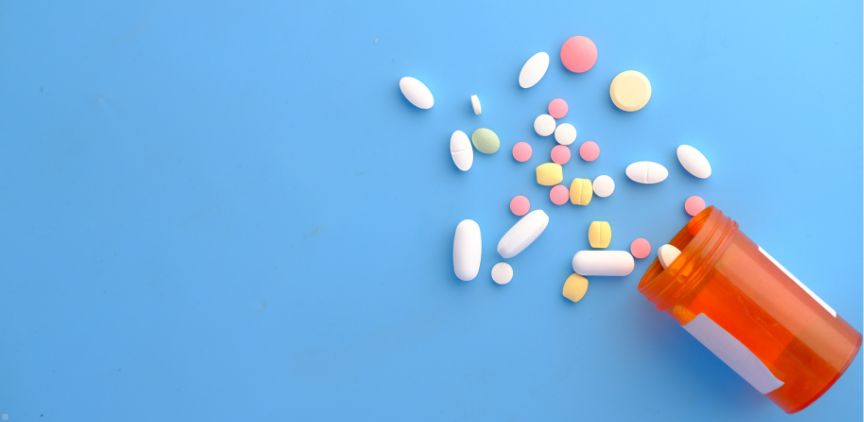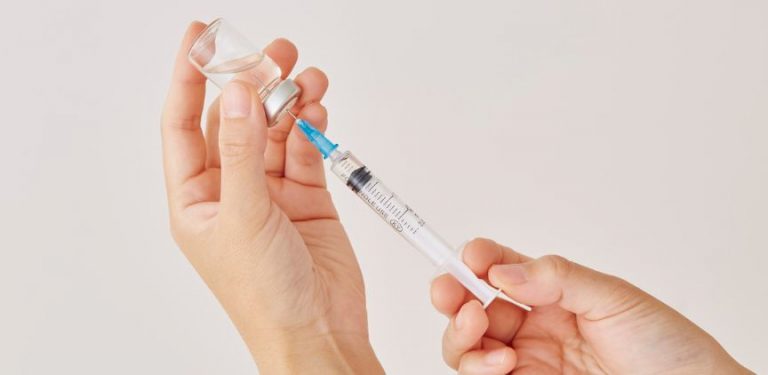What is Hemophilia?
Hemophilia is a rare bleeding disorder in which the blood does not clot properly due to a lack of clotting factors. While there is no cure, effective symptom management through medications and lifestyle changes can help people with hemophilia lead healthy and active lives. This article outlines key strategies for managing symptoms of hemophilia.
Medications for Hemophilia
Medications play a crucial role in managing hemophilia by reducing or preventing bleeding episodes. Below are some of the main treatments used:
Clotting Factor Replacement Therapy
This is the most common treatment for both Hemophilia A (factor VIII deficiency) and Hemophilia B (factor IX deficiency). Patients receive infusions of the missing clotting factor to prevent or control bleeding. Replacement therapy can be either:
- Prophylactic. Regular infusions to prevent bleeds, especially for those with severe hemophilia.
- On-demand. Given only when a bleeding episode occurs.
Desmopressin (DDAVP)
Desmopressin is used for mild cases of Hemophilia A. It works by stimulating the release of stored factor VIII, temporarily increasing its levels in the blood.
Antifibrinolytic Medications
These drugs, such as tranexamic acid or aminocaproic acid, help prevent clots from breaking down too quickly. They are often used alongside clotting factor therapy to manage bleeding in areas like the mouth, nose or during dental procedures.
Gene Therapy (Emerging Treatment)
In some cases, gene therapy may offer long-term symptom management by introducing functional copies of the defective gene responsible for hemophilia. Though not yet widely available, early results show promise in reducing the need for regular clotting factor infusions.
Related Search Topics (Ads)
Lifestyle Changes to Manage Hemophilia
Living with hemophilia requires proactive lifestyle adjustments to minimize the risk of bleeding and maintain overall health. Here are some key recommendations:
Stay Active with Low-Impact Exercises
Regular physical activity strengthens muscles and joints, reducing the likelihood of injuries. Ideal activities include:
- Swimming
- Walking
- Yoga
- Cycling (on flat terrain)
Avoid high-contact sports like football, rugby or hockey as they increase the risk of serious bleeding.
Maintain a Healthy Weight
Excess weight puts additional pressure on joints, increasing the risk of bleeds, especially in the knees, ankles and hips. A balanced diet with plenty of fruits, vegetables, lean proteins and whole grains can help manage weight.
Practice Good Joint Care
Joint bleeds are a common complication in people with hemophilia. To protect your joints:
- Warm up before exercise and cool down afterward.
- Use protective gear, such as knee and elbow pads, during physical activities.
- Schedule regular check-ups with a physical therapist for joint health monitoring.
Prevent Bleeding at Home
Take precautions to avoid injuries that could lead to bleeding episodes. For example:
- Keep living spaces free of tripping hazards.
- Use soft flooring materials, like carpets or padded mats.
- Be cautious when using sharp objects, such as knives or scissors.
Practice Good Oral Hygiene
Bleeding in the mouth and gums can be problematic for those with hemophilia. Prevent dental issues by:
- Brushing gently with a soft-bristled toothbrush.
- Flossing carefully to avoid gum irritation.
- Visiting your dentist regularly and informing them about your condition.
Communicate with Healthcare Providers
Work closely with your hemophilia treatment team to develop a personalized care plan. Inform other healthcare professionals, such as surgeons or dentists, about your condition before undergoing any procedures.
Manage Stress
Chronic stress can worsen physical symptoms and reduce the effectiveness of your immune system. Consider techniques like mindfulness, meditation or therapy to help manage stress.
Common Symptoms of Hemophilia
Recognizing early signs of bleeding can help prevent complications. Be aware of the following symptoms:
- Unexplained or excessive bleeding. This can occur after minor injuries, surgeries or dental work.
- Easy bruising. People with hemophilia often develop large, deep bruises from minor bumps.
- Joint pain and swelling. Repeated joint bleeds can cause inflammation, pain and long-term damage.
- Prolonged bleeding from cuts. Wounds may continue to bleed for an extended period without proper clotting.
- Blood in urine or stool. This may indicate internal bleeding in the kidneys or intestines.
- Nosebleeds that don’t stop easily. Frequent or prolonged nosebleeds are a common symptom.
By staying vigilant and following a tailored treatment plan, individuals with hemophilia can manage their symptoms effectively. Regular communication with healthcare providers and making thoughtful lifestyle choices can significantly improve quality of life.
Keep reading to learn about the best Medicare plans of 2025.

